Isabekyan is one of the greatest representatives of Armenian fine art of the second half of 20th century. He has a considerable investment and merit in Armenian painting and graphic art. The eminent painter was born on 8th of November 1914 in Igdir, then he moved to Yerevan. He gained a professional education at the “Geghard” technical college of Yerevan (1927-1931), where his teachers were S. Araqelyan, G. Fermanyan and S. Stepanyan. After graduating from the technical college he has worked for different newspapers as a painter (“Pioner kanch”, “Avangard”, “Sovetakan Hayastan” etc.). From 1935 till 1941 he has studied at the Art Academy of Tbilisi for three years at the Department of graphic art, then at the Department of painting (art critic Mher Isabekyan considers that the excursion to
Lenindrag was essential for Isabekyan’s decisive choice, where he was amazed by the Rubens’s works and the painting “Lions’ hunt” of Delacroix, and also by the meeting with famous Armenian painter Aleksandr Bazhbeuk-Melikyan) [1, p.17]. During the years of the Great Patriotic War with many Armenian writers and cultural workers he went to the front to gather materials and create art works concerning the 89th Armenian division[2, p.17].
He was a member of the Armenian Artists Union, was teaching at the Yerevan State Institute of Fine Arts and Theatre. He has been the director of the National Gallery of Armenia for 22 years, and has opened the National Gallery’s branches in Jermuk, Hrazdan, Echmiadzin, Alaverdi, Kirovakan, Leninakan, Martuni and Eghegnadzor.
Isabekyan was announced the People’s painter of RA, the honored worker of arts, was awarded with the “St. Sahak and St. Mesrop” medal by the Armenian Apostolic church and received many other awards. He has participated in different personal and group exhibitions in Yerevan, Tbilisi, Moscow, Bucharest, Paris, Montreal, Beirut, Prague, Aleppo, Leningrad, Kishinev, etc.
Isabekyan’s artistic heritage is especially interesting. Many art critics have written about his art: Martin Mikaelyan and Poghos Haytayan dedicated him album-monograph, there are a lot of articles that are written by A. Aghasyan, D. Drambyan, M. Ayvazyan, A. Vardanyan, V. Harutyunyan and others. The complete research of Isabekyan’s art can be considered Mher Isabekyan’s dissertation (“The genre and formal-stylistic peculiarities of Eduard Isabekyan’s painting”, Yerevan, 2003, NAS of Armenia, Art Institute).
Applying to the various materials Isabekyan has created a lot of works in all genres of art- portraits, landscapes, historical paintings, thematic compositions, etc. In his art one can discern the characteristic features of realism, romanticism and impressionism, uniting them he has created his own original penmanship. His works are distinguished with their optimistic mood, and the emphasis on the beauty and positivity. We can notice the influence of the romantic painters in several works, particularly the influence of Delacroix and Gericault. Isabekyan was attracted by dynamic compositions, strong and struggling characters of people, specific play of the light and shade, strained dispersion of the colors in the art of these two masters.
The painter’s palette is very rich and various. The different tones of the colors enrich the linear forms which gives an extraordinary expression to the canvases. During different periods of his life the master has painted works that have a gentle coloring and ingeniousness which express Isabekyan’s inner requirement and art principles. From time to time he was returning to his large and small canvases giving them a new breath and charm.
In his works Isabekyan conveys a movement, strained dislocation of the colors. In Isabekyan’s early works the thick and stressed brush strokes are dominating, but since 1950s the line became the main mean of a form modeling and it is better expressed on the surface of the canvases.
Foremost Eduard Isabekyan is a master of historical painting. He has reproduced artistically many historical events of his time and the past. The works done in this genre are full of heroism, patriotism, they reflect the Armenians unbeaten spirit, inject belief and optimism to their own forces in upcoming generation. The famous historical paintings of the master are “Entrance of the 11th army into Yerevan”, “Reply to Yazdegerd”, “The Reds in an Armenian village”, “Meeting in Ashtishat”, “Tanya”, etc. These works are multi-figure, full of dynamics and variety of actions. In the early works the figures are more generalized and the brushes are more tangible, for example the canvas “Entrance of the 11th army into Yerevan” (1940).
Since 1950s Isabekyan elaborates the canvases, and despite the multifigurness of the them, every personage is distinguished with its individuality. These kind of characteristic features has the painting “Reply to Yazdegerd” (1960). At the top of the composition the painter transmits the details of the architectural environment where the action is taking place. The illumination of the interior has an interesting solution; using different hues of the blue the master represents the composition in a semi dark area. Each of the personages is distinguished with his/her position and the development of the individual features.
Isabekyan was also a book illustrator. His book illustrations have the same characteristics as the historical works. The acclaimed works in the book illustration are Derenik Demrichyan’s “Vardananq”, Khachatur Abovyan’s “Wounds of Armenia”, Sero Khanzandyan’s “Mkhitar Sparapet”, Hovhannes Tumanyan’s “The Capture of Tmbkaberd”, “Akhtamar” [3, p.117], Metaqse’s “The grief of Shamiram” [4, p.4] and other novels.
In the remarkable painter’s art the landscape has its own place. Isabekyan reflects the visible beauty of a native nature. The nature is vital, active and breathing. The artist prefers to image small and delicate corners of the Armenian nature which are not so noticeable for the common people. At the same time the painter depicts Armenian rocks, high and majestic mountains. The canvas “Horovel; mountain ploughing” is an exclusively expressive work in Isabekyan’s art (1954, pic. 3). The composition has an up going disposition, almost all parts are in an unusual imbalance. However they are united by an interesting rhythm of forms, dimensions and brushstrokes. Altogether these parts demonstrate the generalized image of Armenia.
The nature has an important role in the painter’s thematic compositions. It is not only an environment, but it also completes the content of the canvas with its coloring and compositional solutions. The scenes with women having rest, swimming, and other different thematic compositions are taking place in the natural landscape (“Wedding procession from Koghb to Igdir”1987). Many similar works, that are created from 1960 till 1980s, demonstrate an absolute harmony between nature and people. They are mysterious and full of a romantic light (“Picnic”1984).
The landscapes receive a specific dynamism in the series “Restless horses”. These animals are represented in different situations with sharp movements and are distinguished with a vital expressiveness and plasticity. (“On the Araks bank ” 1991).
As it is noted above Isabekyan has created works in different genres. The portraits done by the painter are especially interesting. During his artistic activity he has painted the portraits of his relatives (“My mother’s portrait”), friends, acquaintances (“An old man from Martuni”), contemporaries and famous people. The face features in the portraits were created by memory and in some cases based on the remained photos. The figures are in the different positions, surroundings and at different ages.
Refuting the personating exaggeration Isabekyan mainly emphasizes the inner and psychological side of the people attempting to catch his models’ characteristic features. The well-chosen coloristic gamma contributes to this approach as well. In his portraits the inner connection with the audience is evident.
“My mother’s portrait” (1944) is considered as one of the best works of the Armenian national realistic portraiture [5, p.6]. This portrait represents the generalized character of a gentle, tender Armenian woman who lives with her children’s daily
burden. The portrait is plain and straightforward due to the modest coloring. It is synthesis of the grey,
brown, blue and their different tones. Art critic Martin Mikaelyan in one of his articles mentioned that “My mother’s portrait” has a great place and significance in the paintings created during the war, because in the image of a mother is apparent both the scourge of the war and the nation’s fate [6, p.35].
In the portraits dedicated to the famous Armenians Isabekyan uses the principle of combination of the portrait and landscape, through which he achieves a higher level of the expressiveness. Due to the landscape the characters become more wholly and expressive. These kind of works are the portraits of Khachatur Abovyan, Aksel Bakunts, Derenik Demirchyan and other great representatives of Armenian culture («Aksel Bakunts» 1960).
The master’s self-portraits are the indivisible part of his portraiture. They are created from master’s early youth till his old years. These works are painted in the nature or in his studio or on any colored background. These self-portraits are distinguished with a look from a depth to the audience or with the downcast eyes, which better emphasize the painter’s character and will. Each of the self-portraits expresses the painter’s life path, his contemplations and life obstacles («Self-portrait» 1964, «Self-portrait» 1974 etc.).
The group portrait “Requiem in Igdir” (1994) is especially significant. Though the canvas is unfinished, it is precise and wholly in the ideological terms . In this group portrait the emphasis is made on the alikeness with the character. Here we can observe not only people from Igdir , but also people who are the relatives of Isabkeyan’s family. The master representes the personages at different age, through which he has shown the change of the generations. At the bottom of the composition there is a plain mound with the horizontal outline and three white pigeons on it. The mound does not have a belong, it symbolizes the inevitable end of human’s life and the transitivity of time. In that group portrait 45 people are depicted. There is a bright top of the biblical mountain Ararat and a church at the background of the painting. We consider that all these images symbolize the whole Armenian world. The incompleteness of the painting might indicate the continuousness and boundlessness of the history of a family, a tribe and a nation as well.
Isabekyan is the author of a number of paintings and a series of graphics dedicated to his wife painter Arpenik Nalbandyan (for ex. 1949). None of her portraits is alike the other. Each of them introduces the psychological states of the different life periods of his wife as the master’s self-portraits do. The graphics are done in different genres and are distinguished with the plasticity of lines, complex and dynamic transitions of movements, the authenticity of the characters. Using straight and oblique lines the painter reaches a special expressiveness of the composition. In the graphic portraits mainly the faces are modeled, the clothes are only slightly outlined.
Besides paintings Eduard Isabekyan has also written literal works, many articles and critical papers about painters, writers, art critics, theorists and various public phenomena. In 1988 he printed the book “Igdir” [7]. At these years his eye vision became worse and he could not draw, but for expressing his thoughts, feelings and passion he used a pen instead of a paintbrush. Astghik Stambultsyan writes –“Who has read the great master’s novel “Igdir” can testify that his pen is as passionate and sensual as his paintbrush and pencil” [8, p.4].
Unfortunately, the great painter passed away on 17th August of 2007. He is buried in Yerevan in the Panteon after Komitas.
Eduard Isabekyan’s heritage is original and important page in the Armenian art history. For the establishment of Isabekyan as a painter the knowledge of the traditions of European and Armenian national art has played a great role. Remaining devoted to the traditions of the classical art, he created on its basis his own original style. In his works the artist gave life and breath not only to people, but also to the nature, objects, interior, architectural fragments.
During his creative activity, working in different genres, being honored, Isabekyan has received the worthiest price of his art, the appreciation and love of his motherland.
Literature
1.Իսաբեկյան Մ., Էդուարդ Իսաբեկյանի գեղանկարչության ձևաոճական առանձնահատկությունները, Տարեգիրք, Գիտական աշխատությունների ժողովածու, «ԵՊՀ հրատարատարակչություն», Ե., 2004, ԳՊԱ
2.Խմբագրական, Էդուարդ Իսաբեկյան, «Կրթություն» թերթ, Ե., 2007, N 38, 29 սեպտեմբերի
- Աղասյան Ա., Հայ կերպարվեստի զարգացման ուղիները XIX-XX դդ., «Ոսկան Երևանցի հրատարակչություն», Ե., 2009
4.Էդուարդ Իսաբեկյան, Պիտի չուզէի պատկանել որեւէ այլ ազգի, «Ազատ օր» թերթ, Աթենք, 2004, 4 նոյեմբերի, N 18017
- Հայթայան Պ., Էդուարդ Իսաբեկյան, «Սովետական գրող հրատարակչություն», Ե., 1985
- Միքայելյան Մ., Նկարչի վերլուծական տաղանդը, «Սովետական արվեստ» հանդես, Ե., 1985, N 7
- Էդուարդ Իսաբեկյանի «Իգդիր» վեպը նկարազարդել է գրքի գրաֆիկայի մեծանուն վարպետ Հենրիկ Մամյանը:
- Ստամբուլցյան Ա., Ծովը կանչում է…Առինքնող և անկրկնելի վարպետը, «Քրիստոնյա Հայաստան» հանդես, Էջմիածին, 2007, N 16, օգոստոս
Translated from Armenian by author.
Video library: Video ” The Artist – Eduard Isabekyan”.




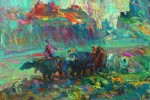


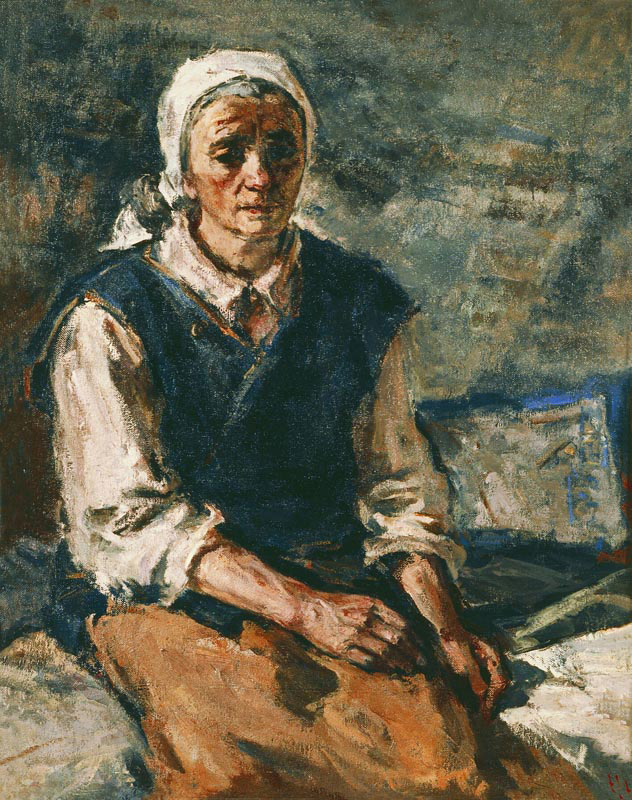


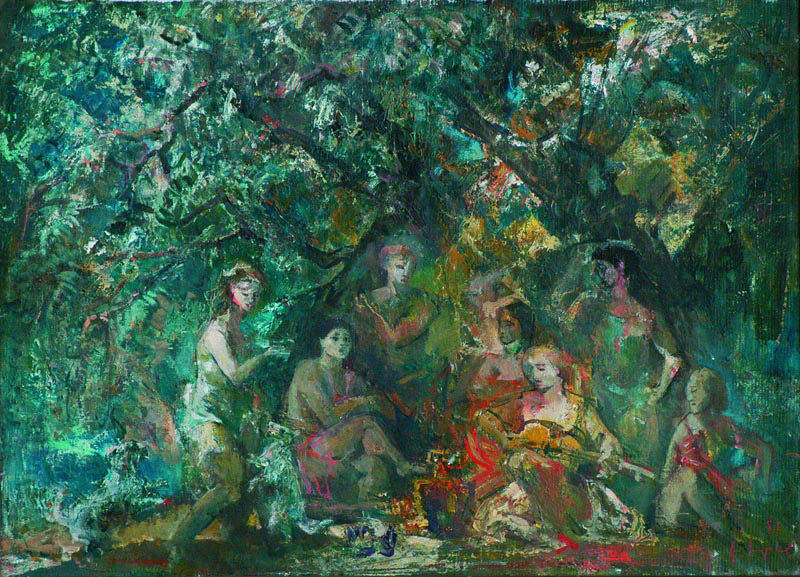
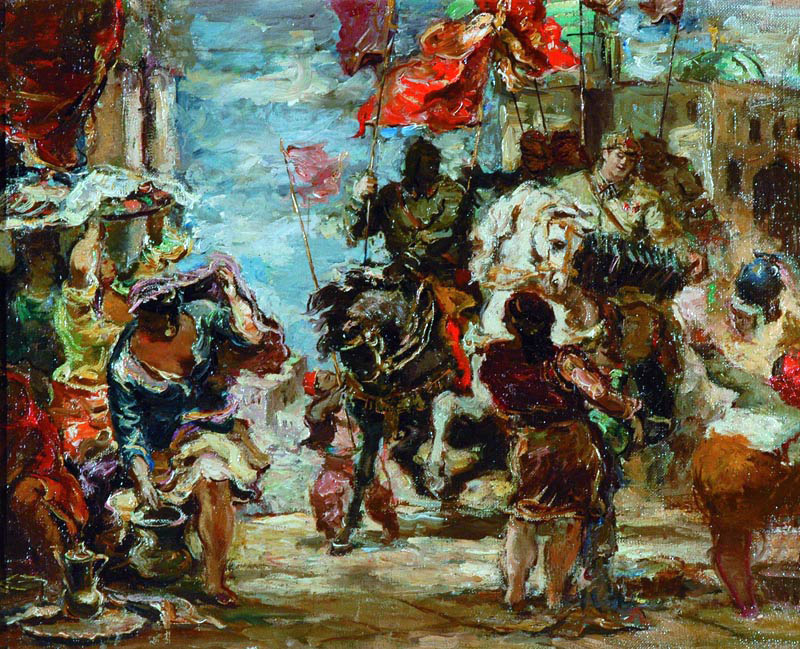
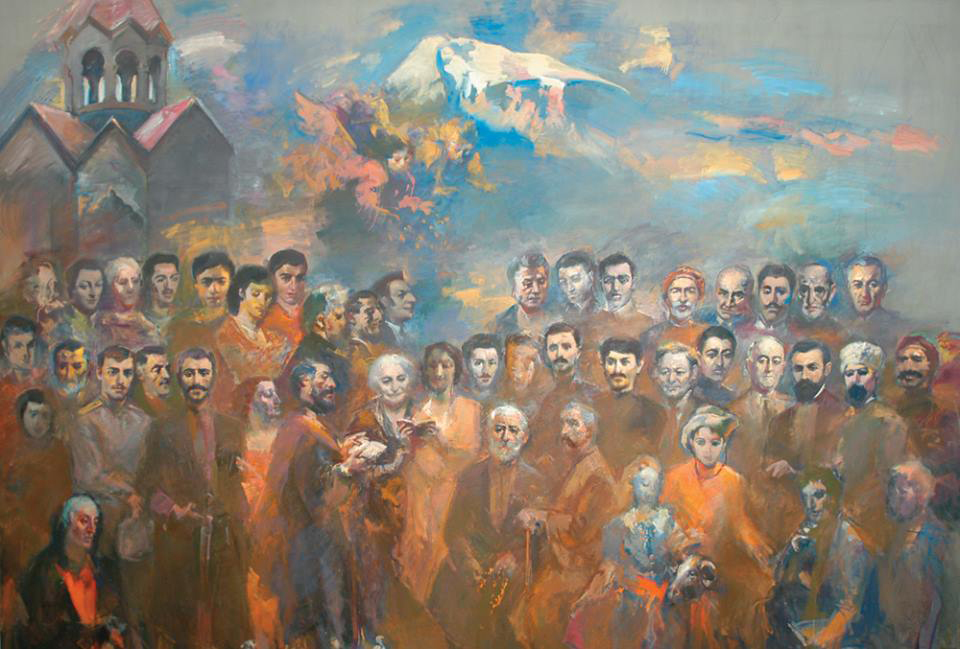
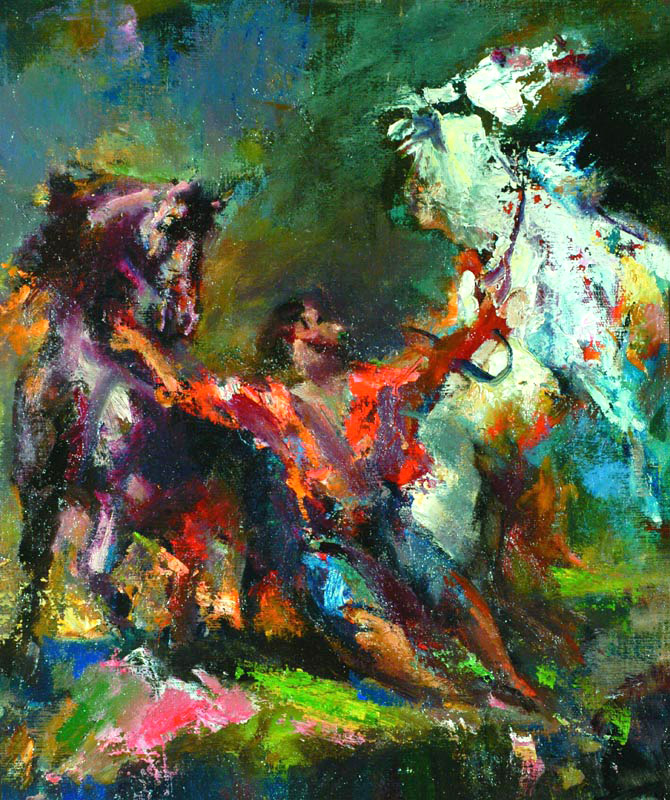

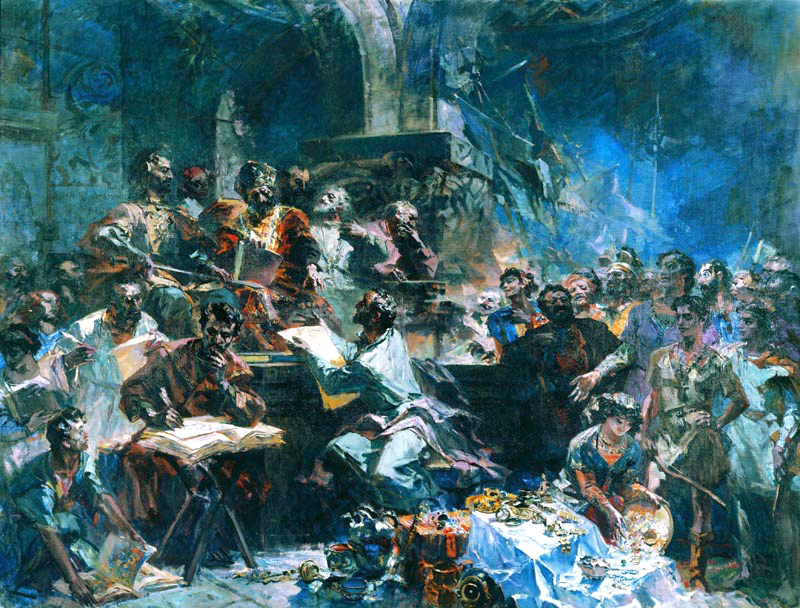
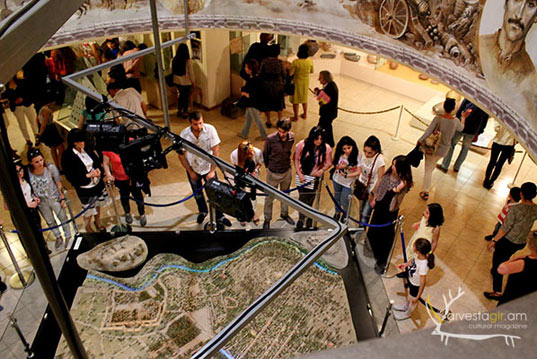
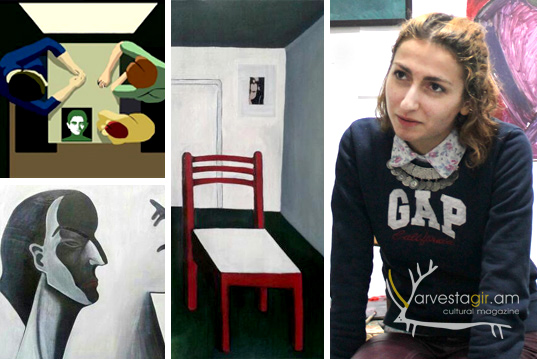
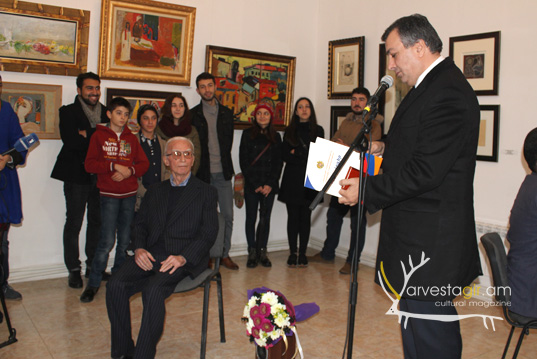
Leave a Reply